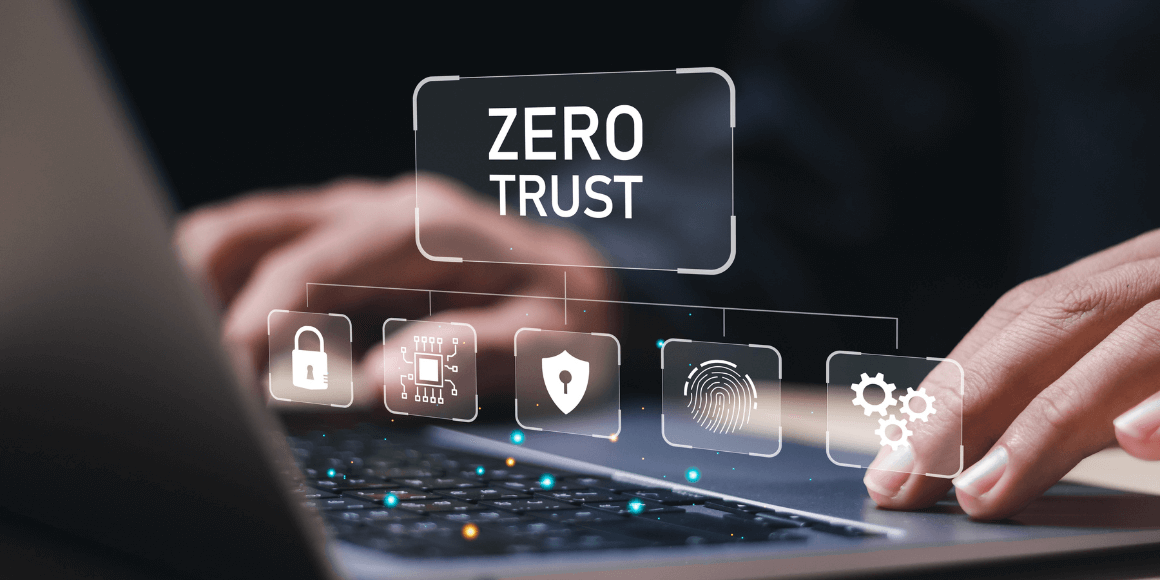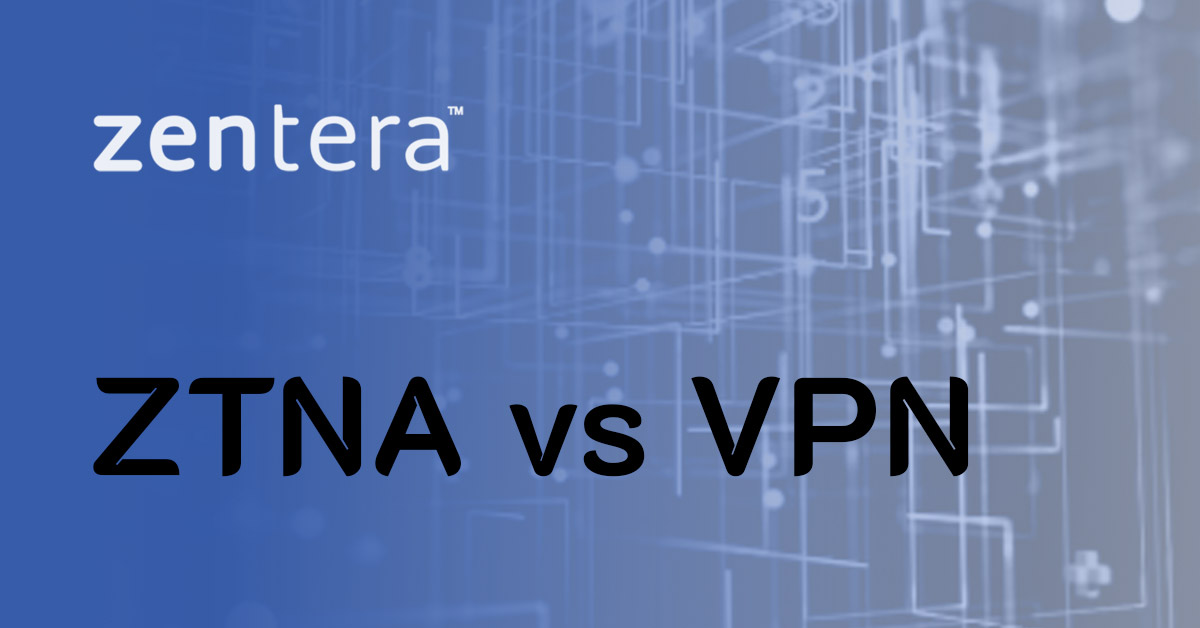The Importance of Attack Surface Management

For today’s businesses, the same technology that gives customers access and employees flexibility can also introduce threats to information systems and data.
As these technologies evolve and their usage increases across an enterprise, their attack surface—the potential entry points for unauthorized access—continues to expand. In fact, one estimate put the number of known vulnerabilities exploited surging upward nearly three times since the previous year, accounting for 14 percent of all breaches.
This reality—the increased usage of applications for critical services combined with the rapid proliferation of vulnerabilities—highlights the need for organizations to find a better way to secure their operations.
One method to overcome this challenge is switching from an enterprise-wide focus on security to one that puts the application first. One framework, attack surface management (ASM), is a proactive approach to cybersecurity that goes beyond traditional security measures by providing visibility and control over all potential attack vectors for an application or service.
So what can a shift in perspective to ASM mean for your organization, and how can you effectively implement its foundational elements?
Attack Surface: It’s Also About Perspective
At the enterprise level, the attack surface includes all the elements of the tech stack, such as:
- Network infrastructure, including firewalls, routers, and switches.
- Software applications, including both custom-built and off-the-shelf solutions.
- Hardware devices, ranging from servers to Internet of Things (IoT) sensors.
- Human elements, such as employee behavior and third-party vendors.
- Cloud-based services and storage solutions.
However, capturing the attack surface can also be narrowed down at an application-by-application level. This granular approach allows for more focused security assessments and targeted mitigation strategies for individual applications within the broader ASM framework.
Why Attack Surface Management is Crucial
Several key drivers motivate organizations to shift to attack surface management. These include the fact that ASM:
1. Bolsters existing security programs by proactively identifying and addressing potential vulnerabilities in applications and assets before they can be exploited.
2. Provides IT teams with a complete picture of an asset's attack surface, allowing for better decision-making and resource allocation.
3. Significantly reduces the likelihood of successful attacks and subsequent data breaches through continuous assessment and vulnerability management.
4. Supports compliance with regulations, some of which now explicitly mention the importance of managing the attack surface. For example:
a. GDPR calls out the need for organizations to implement robust security measures to protect personal data.
b. HIPPA requires healthcare organizations to conduct regular risk analyses.
5. Offers potential cost savings. Proactively managing vulnerabilities can help prevent the direct and indirect costs associated with data breaches or disruptions.
Key Strategies for Implementing Attack Surface Management
Fortunately, organizations looking to implement ASM don’t have to go it alone. Several key strategies and tools can help fast-track the transition.
Conduct asset discovery and inventory management.
Continuously discover and inventory all assets, including those that are limited-use or unmanaged. This foundational step helps identify unknown or poorly managed network-connected assets that may be compromised.
Perform vulnerability assessments and patch management.
Regularly check for vulnerabilities and implement timely patches to minimize exposure. Whether through a formalized patch management process or automated device management tools, these steps can significantly reduce the likelihood of a successful attack.
Leverage network segmentation techniques.Adopt a Zero Trust strategy to strengthen logical and physical access control to your applications. Zero Trust removes the assumption of trust in security, requiring every action, user, and device to pass an authentication check. Implementing Zero Trust also helps maintain compliance and reduces the risk of human error by automating workflows and validating changes.
Bringing It All Together
By adopting an attack surface management framework, IT leaders and security professionals can significantly strengthen their organization's security posture, reduce the risk of breaches, and support compliance with regulatory requirements.
An ASM framework allows organizations to stay ahead of emerging threats, continuously monitor their attack vectors, and protect their critical data and assets in an increasingly connected digital world.
Want to accelerate your transition to Zero Trust and lock down access to your assets without stifling productivity? Then get to know more about Zentera’s CoIP® Platform today.





